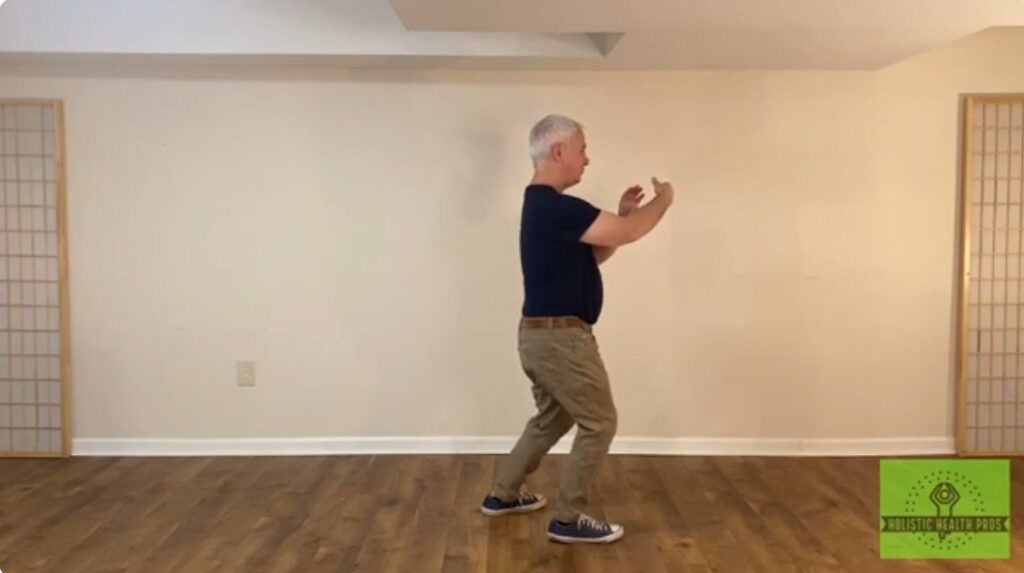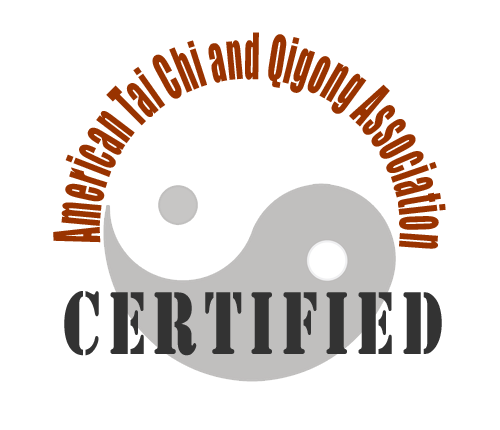 |
How to Become a Tai Chi or Qigong
Instructor
|

|
Learn more on our new website |
|
Here are the steps you can take to become a Tai Chi/Qigong Instructor, from receiving training, getting certified to gaining teaching experience.
| |
|
| |
|
1. Obtain
training and then get certified as a Tai Chi or Qigong Practitioner | |

|
The first step is to learn Tai Chi or Qigong.
You can use ATCQA's Tai Chi and Qigong Classes Locator to find a class near
you or to take online certification training. If
you need recommendation or other assistance in finding the classes, please
contact ATCQA at TC@AmericanTaiChi.org. |

|
In the meantime, you can join ATCQA
as a member so that you can access the study materials
provided by ATCQA. |
|
While you are taking the classes, it is important that you
keep good record of your training hours. Ask your
teacher if he or she has a system in place to keep the record for students.
If not, you can track the hours on your own, and ask
the teacher to sign on your record on a weekly or
monthly basis. | |

|
After you have taken classes for 150 hours, consider
getting certified by ATCQA as a Tai Chi or Qigong Practitioner (if you take our certification training online, you will automatically receive the certification upon graduating from the program).
The certification is an important evidence of your
Tai Chi or Qigong skills and can demonstrate your credibility to your
potential clients and students. For details of how to become a certified Tai
Chi or Qigong Practitioner, please visit https://amtaichi.org/taichi-qigong-certification/. |